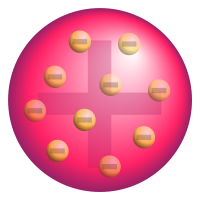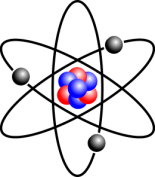Physical Chemistry Lesson of the Day – Effective Nuclear Charge
March 20, 2014 Leave a comment
Much of chemistry concerns the interactions of the outermost electrons between different chemical species, whether they are atoms or molecules. The properties of these outermost electrons depends in large part to the charge that the protons in the nucleus exerts on them. Generally speaking, an atom with more protons exerts a larger positive charge. However, with the exception of hydrogen, this positive charge is always less than the full nuclear charge. This is due to the negative charge of the electrons in the inner shells, which partially offsets the positive charge from the nucleus. Thus, the net charge that the nucleus exerts on the outermost electrons – the effective nuclear charge – is less than the charge that the nucleus would exert if there were no inner electrons between them.



Recent Comments